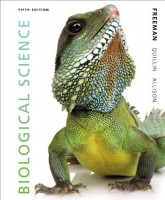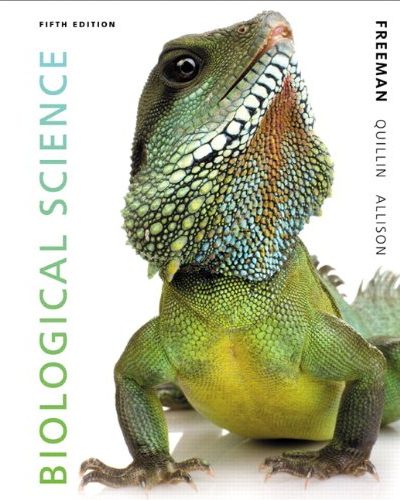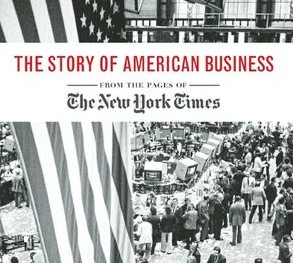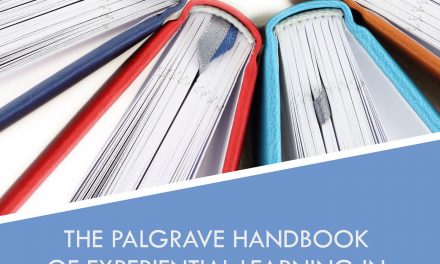 Authors: Scott Freeman, Lizabeth A. Allison, Michael Black, Jon Monroe, Greg Podgorski, Kim Quillin, and Emily Taylor
Authors: Scott Freeman, Lizabeth A. Allison, Michael Black, Jon Monroe, Greg Podgorski, Kim Quillin, and Emily Taylor
Publisher: Pearson (www.pearsonhighered.com) – 1197 pages
Book Review by: Sonu Chandiram
This massive biology textbook of nearly 1200 pages covers a very wide range of subjects in 57 chapters, from the origin of life and evolution to cell and gene structure to biological development and diversity to the details of how plants and animals work, and to ecological issues.
This book comes with a Mastering Biology with Pearson eText Student Access Code Card packed together in plastic.
Register at www.masterinbiology.com. You will be accessing:
- Movie-quality animations – these will help you master tough topics outside of class
- Self-study area – this provides you access to the most useful materials for studying independently
- Reading quizzes – these let you check your understanding to ensure success
- Your online textbook, Pearson eText – this lets you highlight important passages, add notes, and search for key information on your laptop, iPad, and Android tablet.
This is a very popular book as evidenced by its very high ranking on Amazon. The main reasons for its large demand from teachers and students alike are:
- its use of a method of teaching and learning similar to what Socrates used
- its strong reliance on proven facts and evidence, as well as the latest information
- its active involvement of students in learning, including experimentation
At the beginning of this book is a useful, nine-page full-color section entitled A Note from the Authors ( six of whom are pictured on the first page) This section has illustrations of various features (boxes, charts, drawings, figures, images, photos and tables) found in the chapters inside. It lists these study guidelines for you:
- To the Student: How to Use This Book
- Practice for success on tests and exams
- Identify gaps in your understanding, then fill them
- Practice scientific thinking and scientific skills
- Visualize biology processes and structure
- Instructor and Student Resources
Work on Biological Science began in 1997 when Scott Freeman wanted to change the way biology was taught. He wanted students actively involved in the learning and discovery process, and not just reading a book. The first edition was published in 1999.
The three authors of the fourth edition – Scott Freeman, Lizabeth Allison, and Kim Quillin – wanted to enhance this book by checking out the latest research studies and obtaining the most current information available for inclusion in it. So for this the fifth edition, they invited four other scientists and educators to get involved in this lofty endeavor: Michael Black, Jon Monroe, Greg Podgorski, and Emily Taylor.
The members of the new, larger author team went through each chapter and added new, relevant knowledge and changed the writing where needed to make it more easily comprehensible for students. So all of the 57 chapters of this book have been improved, and to provide you a brief overview, we list below the nine basic Units in which they are placed:
- The Molecular Origin and Evolution of Life
- Cell Structure and Function
- Gene Structure and Expression
- Developmental Biology
- Evolutionary Processes and Patterns
- The Diversification of Life
- How Plants Work
- How Animals Work
- Ecology
This is an outstanding textbook on biology because its coverage is extensive. We are not trained or competent to say that it is comprehensive in the range of subjects it provides facts and discussions on. Its inquisitive approach, its evidence-based information, and its proactive method to involve students in discovery are what set it far apart from other biology textbooks.
For students who are serious in their study of biology and especially those who want to make a career for themselves in the research and teaching aspects of biology, I must say that this text book is a God-send, thanks to its highly knowledgeable and experience authors named below.
Authors:
Scott Friedman received a PhD in Zoology from the University of Washington. He was subsequently awarded an Alfred P. Sloan Post-doctoral Fellowship in Molecular Evolution at Princeton University. He is coauthor with Jon Herron of the undergraduate text Evolutionary Analytics. He has received a Distinguished Teacher Award from the University of Washington, where he is a Senior Lecturer in the Department of Biology.
Lizabeth A. Allison is professor and chair of the Biology Department at the College of William and Mary, teaching introductory biology for majors and upper-division molecular biology courses. She received her PhD in Zoology from the University of Washington, specializing in molecular and cellular biology. She is the author of Fundamental Molecular Biology, now in its second edition.
Michael A. Black received his PhD in Microbiology and Immunology from Stanford University School of Medicine, and studied cell biology at the MRC Laboratory of Molecular Biology in Cambridge, England. A professor of cell and molecular biology at California Polytechnic Institute in San Luis Obispo, he also directs the Undergraduate Biotechnology Lab, integrating research projects into undergraduate classes.
Greg Podgorski received his PhD in Molecular and Cellular Biology from Penn State University. He’s been teaching at Utah State University for 20+ years in courses that include introductory biology for majors and for non-majors, cell biology, developmental biology, genetics, and microbiology. He has won teaching awards at Utah State, and has been recognized by the National Academies as a Teaching Fellow and Teaching Mentor.
Kim Quillin received her BA in Biology at Oberlin College summa cum laude and her PhD in Integrative Biology from the University of California, Berkeley as an NSF Graduate Fellow. She currently teaches introductory biology at Salisbury University, a member of the University System of Maryland, where she is actively involved in the ongoing student-centered reform of the concepts-and-methods course for biology majors.
Jon Monroe, a professor of Biology at James Madison University in Harrisburg, awarded him a Distinguished Faculty Award. He currently teaches Plant Biology, and Cell-Molecular Biology. Completing his undergraduate work in Botany at the University of Michigan, he did graduate work in Plant Physiology at Cornell University. He received an Excellence in Teaching Award from the American Society of Plant Biologists.
Emily Taylor earned a BA in English at the University of California, Berkeley followed by a PhD in Biological Sciences from Arizona State University. She is currently an associate professor of biological sciences at California Polytechnic State University in San Luis Obispo. She received the California Faculty Association’s Distinguished Educator Award in 2010 and Cal Poly’s Distinguished Teaching Award in 2012.







